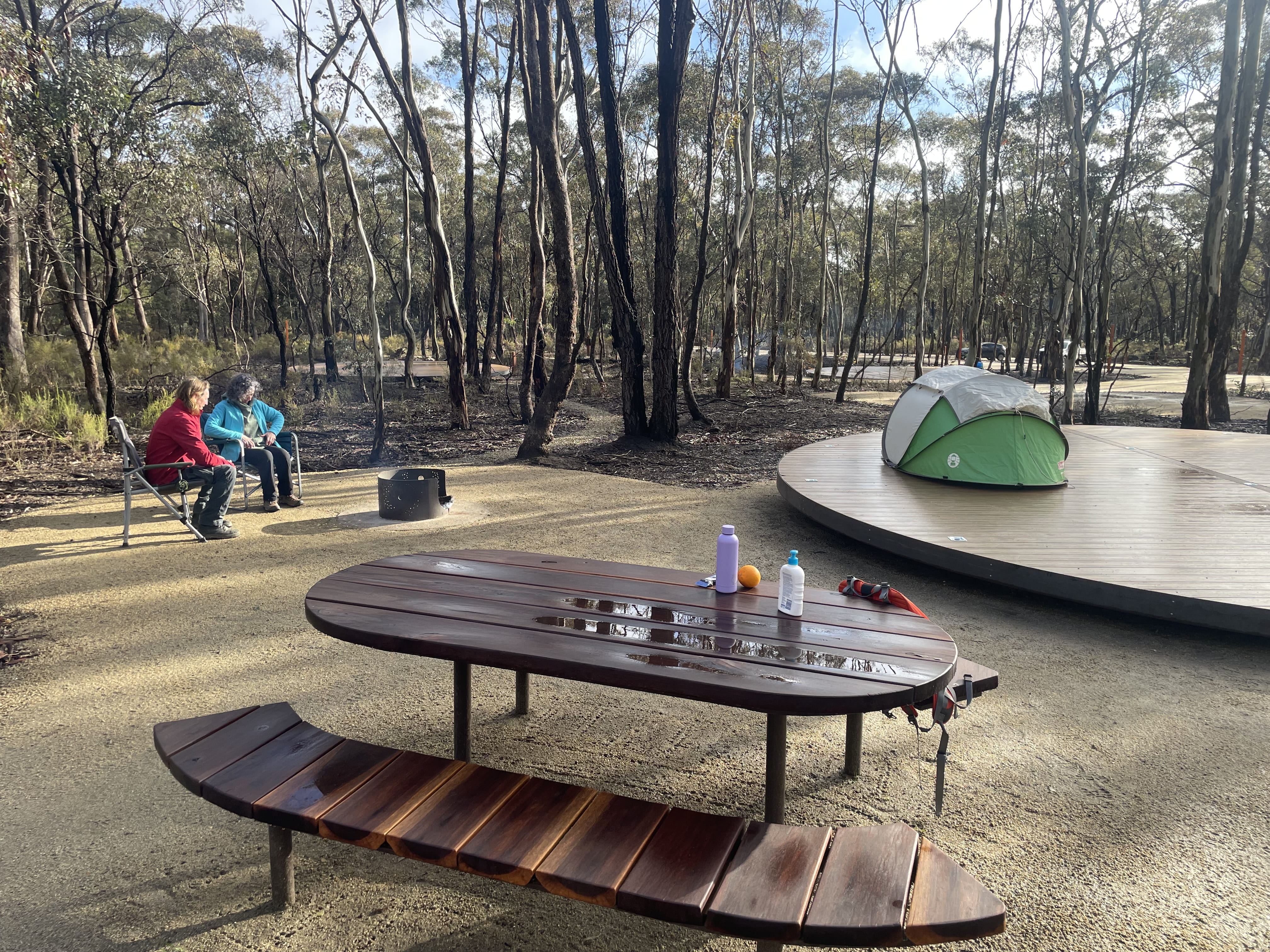Closer to Nature, Episode 4: Species Behaving Badly
Wednesday 28 August, 2024
Overview
- In the fourth episode of Closer to Nature, Ruby Wicks, the Invasive Species Project Coordinator at Wilsons Prom, speaks about the tricky job of managing pest species in the 54,000 hectare national park.
- Dr Michael Sams, Manager Marine and Coastal Science and Programs at Parks Victoria, talks about the native pest that are threatening the ecology of Port Phillip Bay.
- Closer to Nature is a new podcast by Parks Victoria, about how the climate crisis is unfolding across Victoria.
Subscribe to Closer to Nature wherever you get your podcasts.
A trespasser from afar
An ideal climate refuge, Wilsons Promontory National Park sticks out in the colder waters of Bass strait and the Southern Ocean, making it 5 - 10 C degrees cooler than the mainland. But in this national park, the biggest culprits for spreading weeds aren’t small birds or even the wind pushing these unwanted seeds around. It’s the 500,000 people that visit Wilsons Prom every year, and whatever might be stuck to the sole of their shoe.
Although the Prom was first protected and was initially reserved as a National Park in 1898, this area is not resistant to pests.
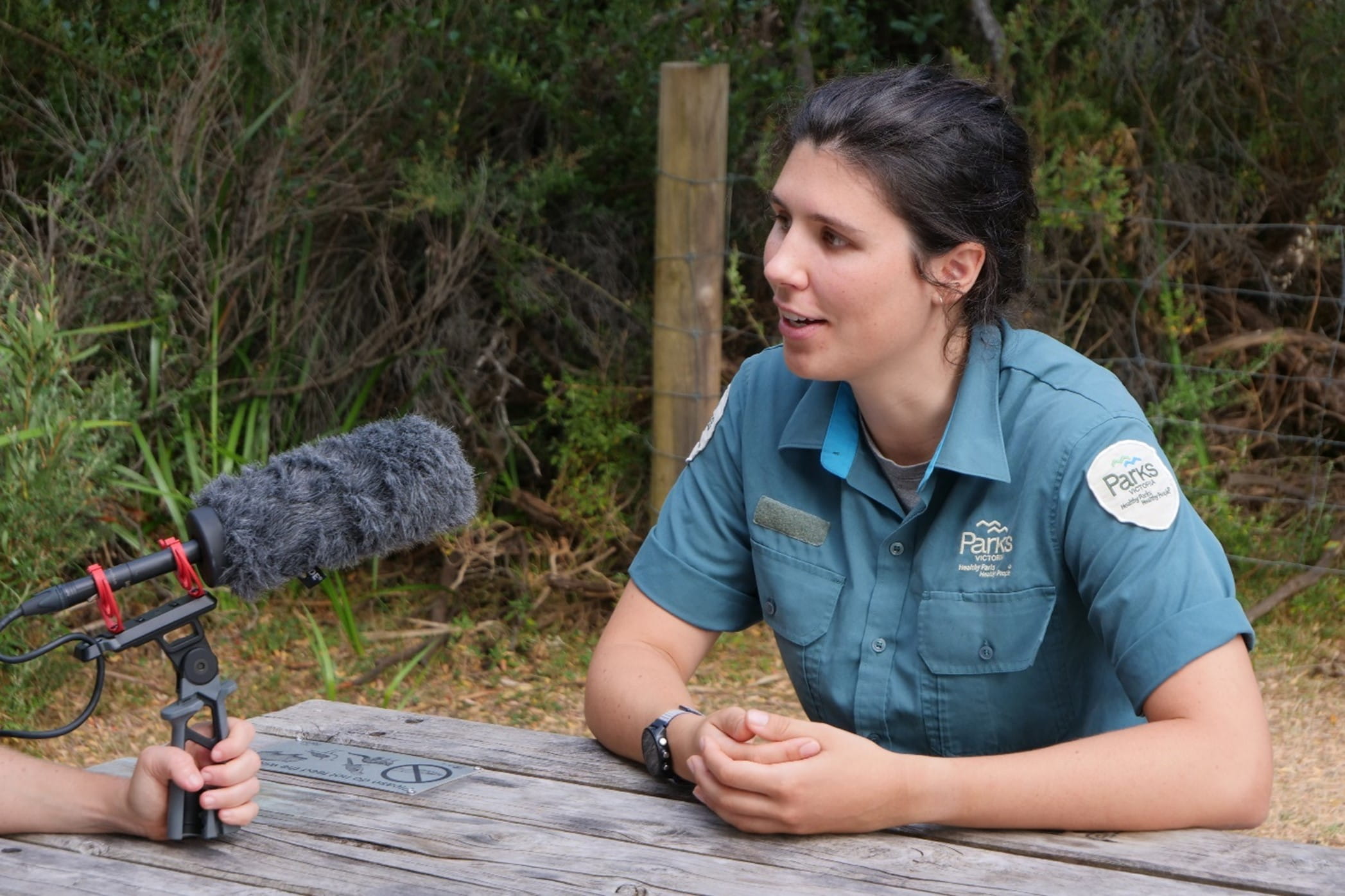
“We've had over 200 different species of weeds in the park at one point or another. It really ranges from your kind of classic agricultural weeds from when there was stock grazing in the park, and we even have garden escapee species down here” said Ruby Wicks. Image credit: Parks Victoria.
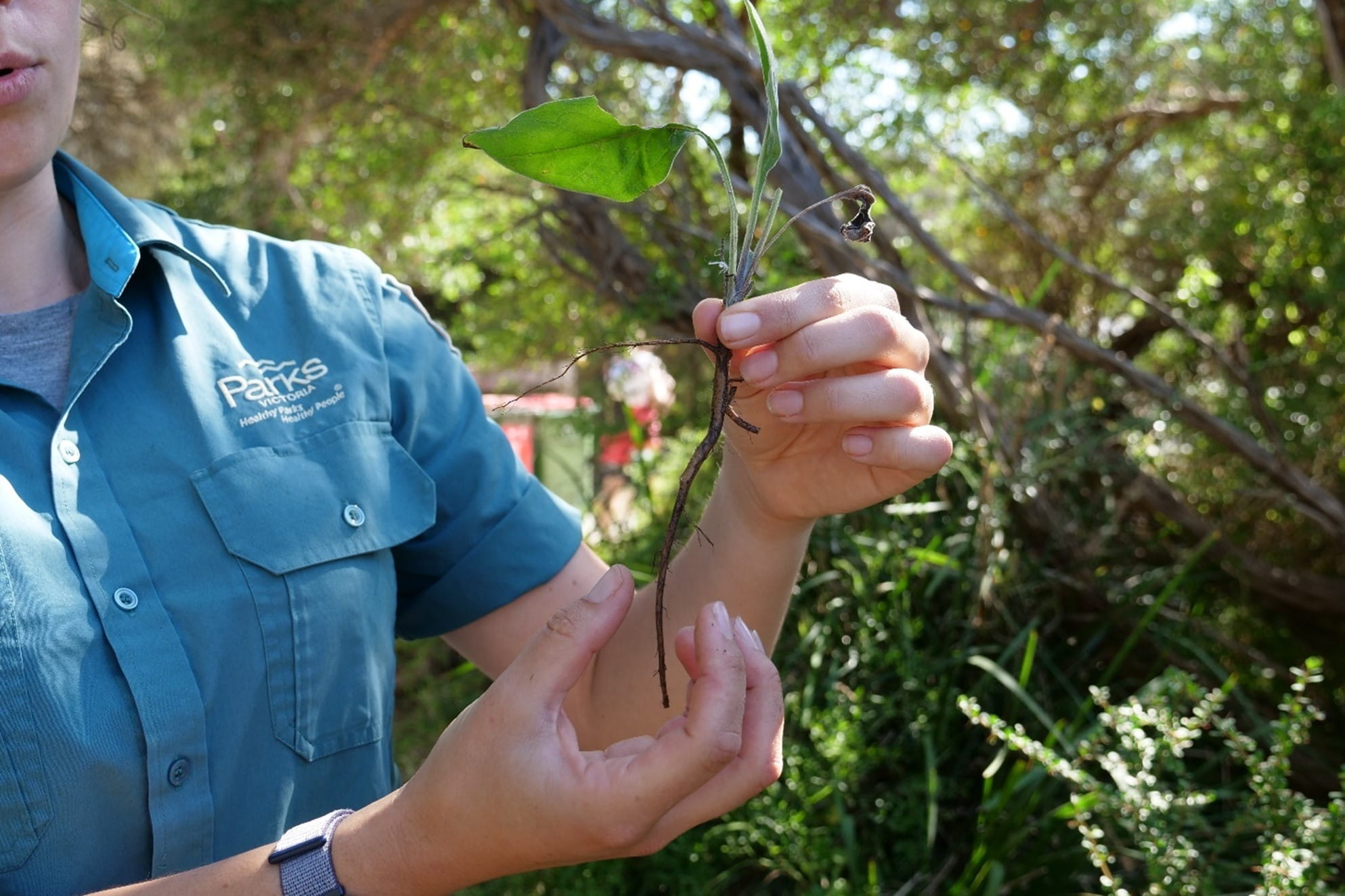
Recent infestations of weeds are of huge concern to Ruby and her team down in the Prom. One species, known as the Blue Hounds Tongue, appeared recently.
“We're never going to know exactly how it got here. There's only a couple of infestations of it elsewhere in Australia, which is in New South Wales, but otherwise, it doesn't occur in Australia. It’s native to southern Europe and it's also naturalized in South America. The most logical explanation is the presumption that someone, somewhere in the world, has picked up a seed of this plant on their hiking boots or their camping equipment. They've come down to the Prom they've flicked it off” Ruby said. Image credit: Parks Victoria
Unfortunately, it took a while for the weed to be spotted. The first people to notice it were contractors, who were working in the area. Ruby and her team had to collect samples of the plant and send them to the Victorian National Herbarium, but this was problematic. Dr Mark Norman is the Chief Scientist at Parks Victoria. He acknowledges the difficulty of identifying invasive plant species.
“When they were collecting the samples, the plant wasn’t flowering, and no seeds could be collected for an absolute identification. Identifying plants to a species level can be tricky without flowers and seeds”.
Mark Norman
Once the team finally identified the plant and its pest status, they had to work out how it was spreading, which could help them identify any possible outbreak locations.
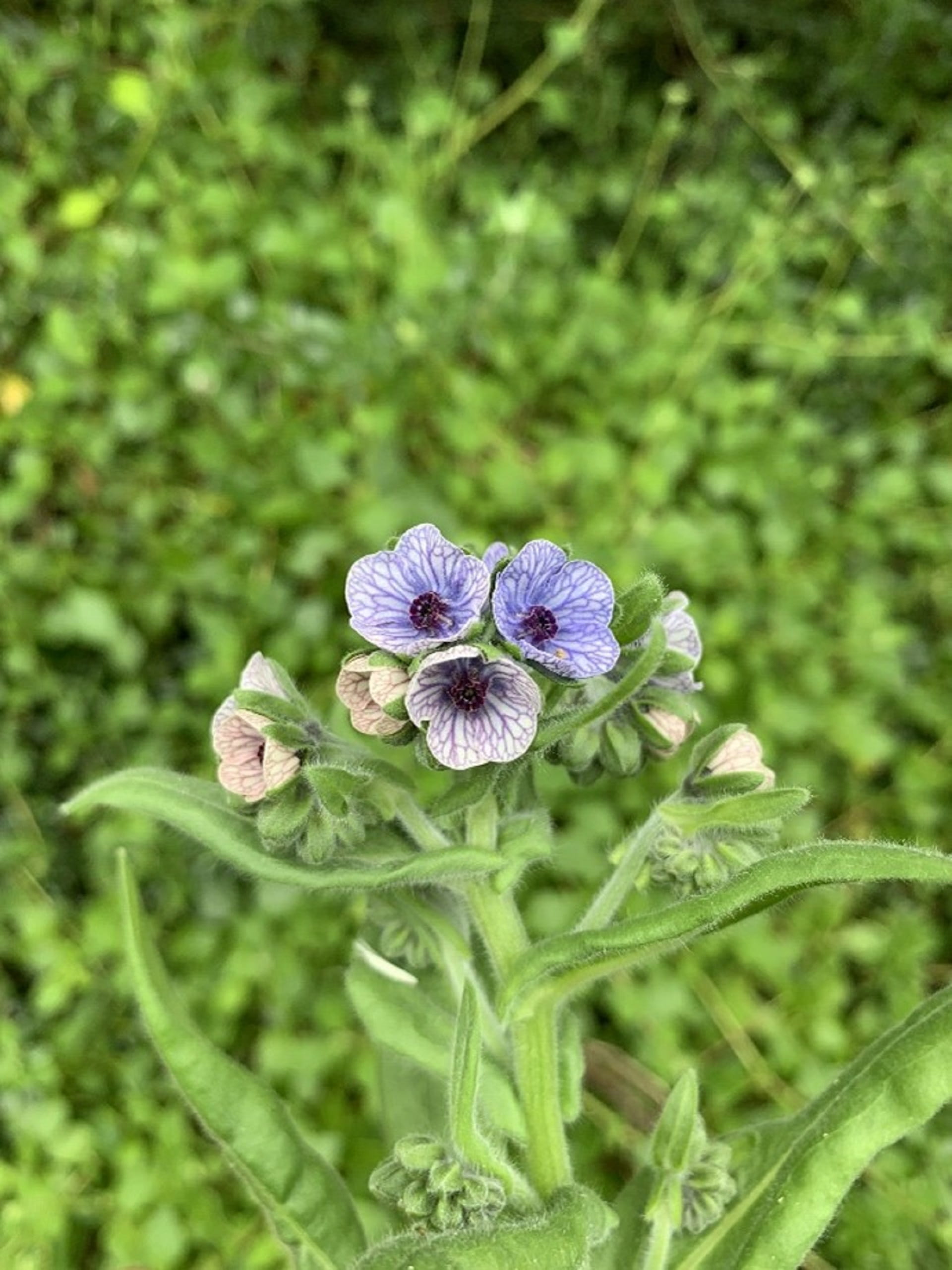
“The seeds are covered in these sticky little burrs. It's really easy for people to get it stuck to their shoes or their clothing or their camping equipment. We have a lot of wallabies and wombats which are obviously very furry creatures” said Ruby. Image credit: Parks Victoria
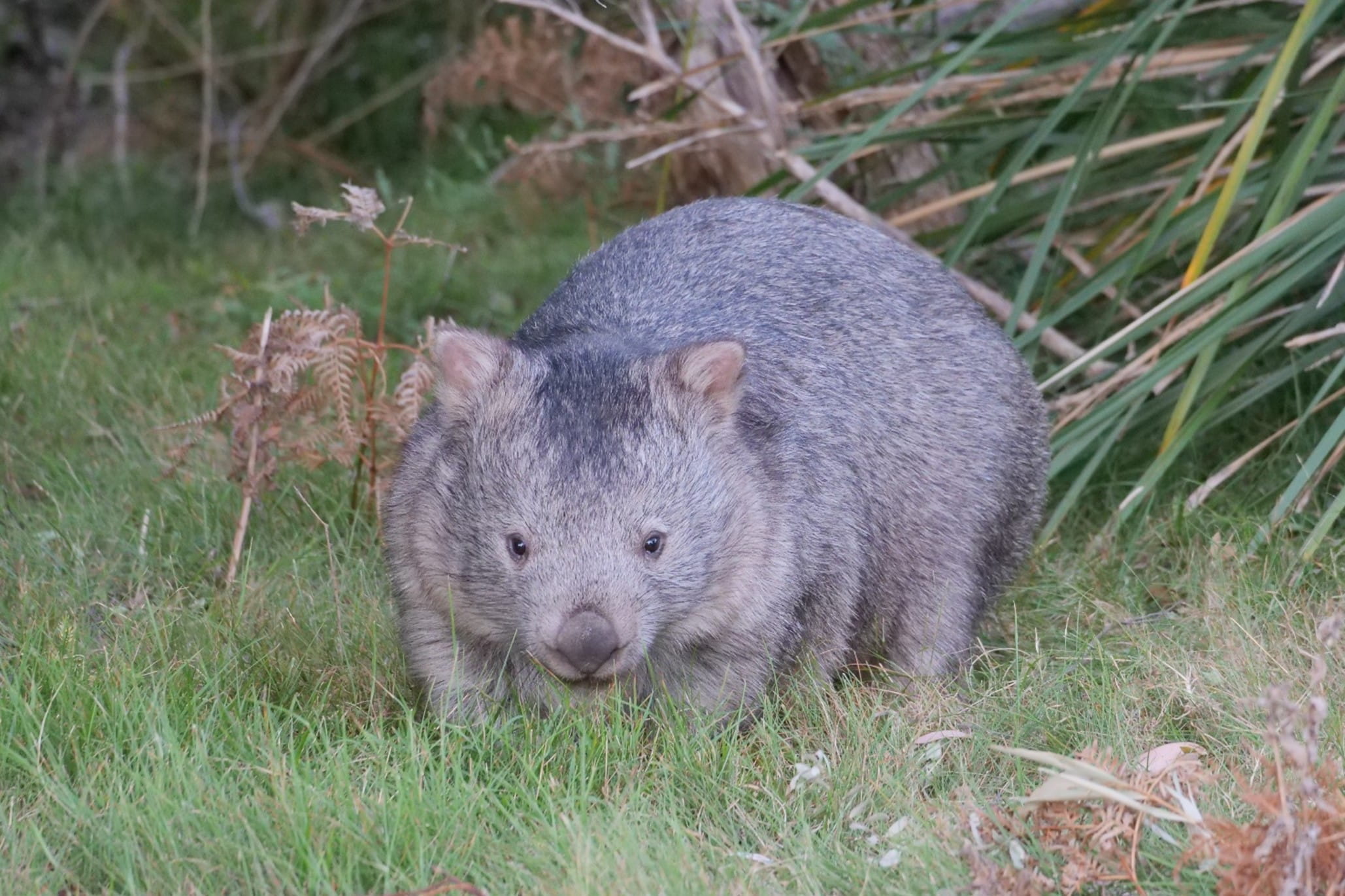
The “fluffy” spreaders were easily identified. Wombats, or “Prom-bats” were found to be spreading the weed, as it was constantly found out the front of their burrows.
“These wombats are really your prime number one spreader. The key (to finding where this weed is) is thinking like a wombat. This little mantra is what we've carried around when we're doing this survey work: if I was a wombat, where is the easiest path for me to follow?” Ruby said. Image credit: Parks Victoria.
Blue Hound's Tongue is significant at a national level, but the greatest concern for Ruby and her team is if it makes its way across the Prom and further afield. Blue Hounds tongue is toxic to livestock.
As Ruby and her team uncover infestations of Blue Hounds tongue and other invasive weeds in the Prom, another Parks Victoria team in the Marine and Coastal Sciences Unit are attempting to prevent the total ecological collapse of one of Victoria’s most important sanctuaries.
Taking care of spikey business
Dr Michael Sams, manager of Marine and Coastal Science and Programs at Parks Victoria.
Under the waves of Ricketts Point Marine Sanctuary, rests the second largest marine sanctuary in Port Phillip Bay.
There are four major species that are the canopy formers underwater. There’s Golden kelp and Crayweed. In some places of Victoria, you can find the Giant kelp, as well as the Southern Bull kelp, which is only found on fringing rocky reefs.
In Ricketts Point Marine Sanctuary, Golden kelp is one of the most important species, amongst a diverse assemblage of brown, green and red algal species. Kelp gives the reef a complex three-dimensional structure.
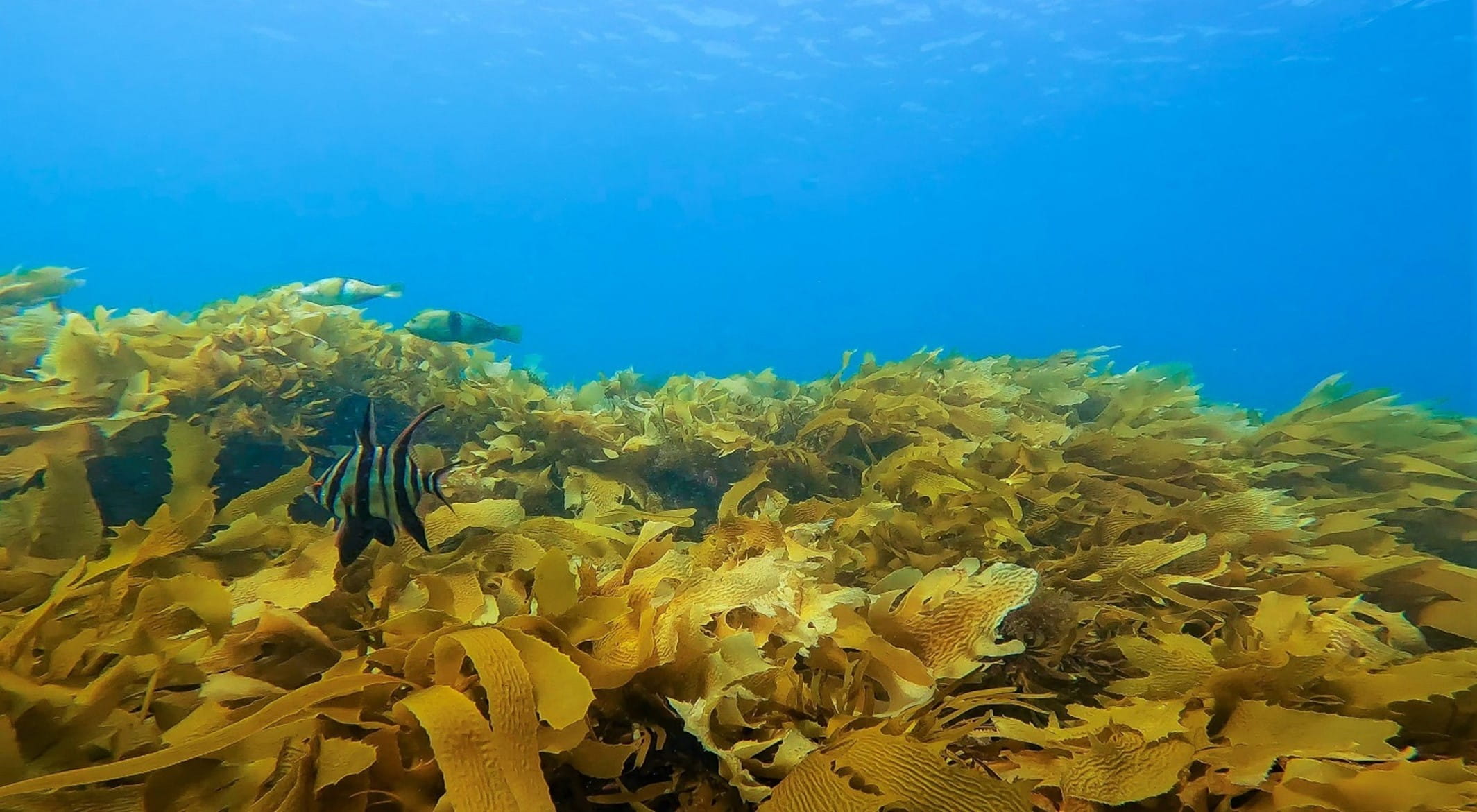
Golden kelp forests are some of the most biodiverse areas in Victoria.
“The disappearance of kelp from our oceans would be devastating. It would be the same as every tree being cut down. Its absence would impact not just the ocean’s diverse ecosystem, it would also be felt by humans”, Dr Mark Norman said. Image credit: the Nature Conservancy Australia.
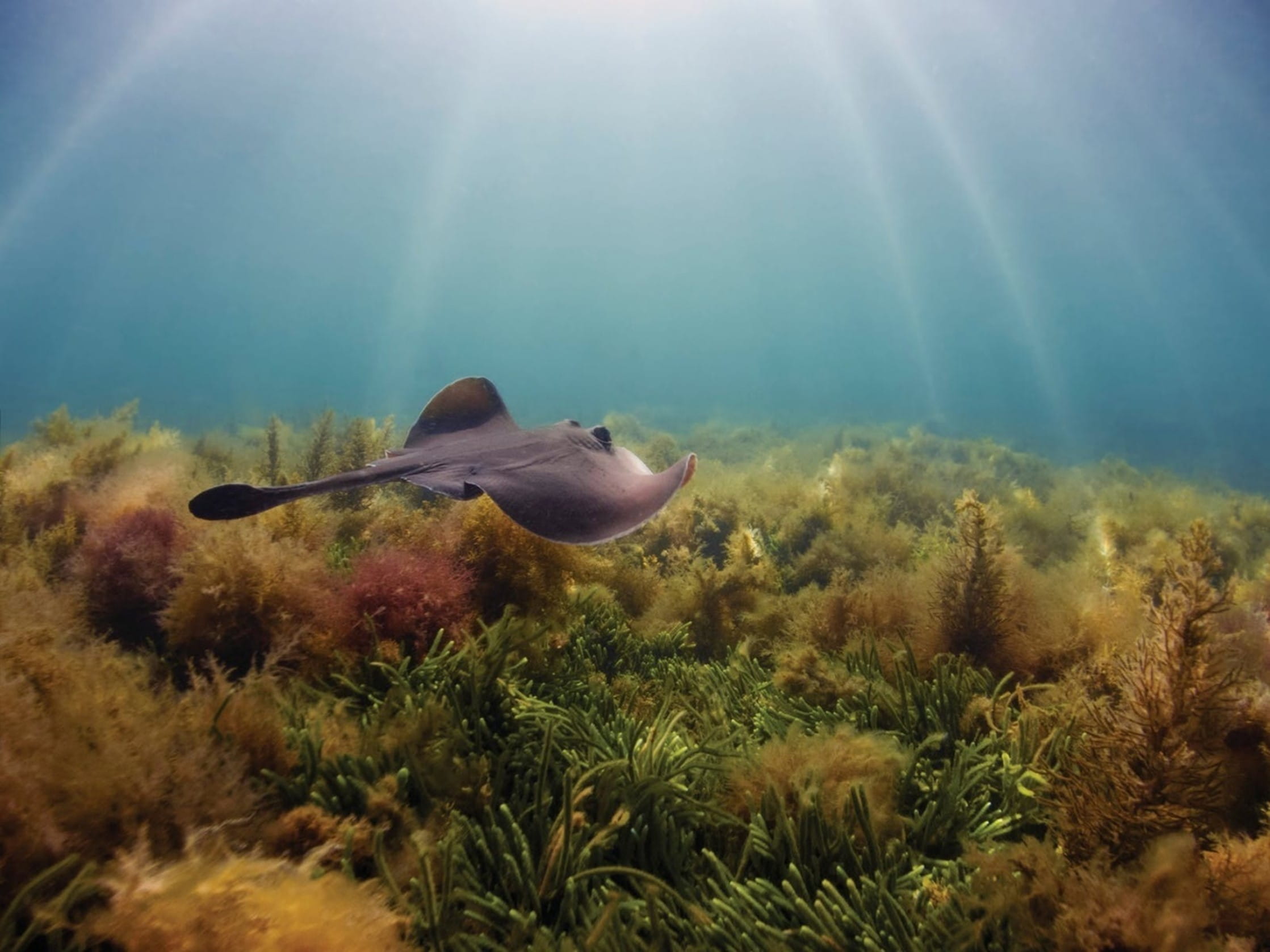
This is what a typical patch of algal life looks like at Ricketts Point. But it's being threatened by voracious sea urchins.
“In recent decades, we’ve seen a real expansion and explosion in sea urchin numbers. They're really overconsuming the things that they like to eat, which are seaweeds. The last estimates we had in Port Phillip Bay of those reef areas, was that about 60 percent of the Bay has been turned into urchin barrens” said Michael. Image credit: Parks Victoria.
Urchin barrens are devastating parts of Port Phillip Bay. These areas should be covered in marine life but have now been turned into mostly bare rock. The purple urchin has always been here and are an important part of the ecosystem. Historically, these urchin barrens have mostly been small, stable and localised. So why is this overgrazing happening?
"One of the theories for their hyper-abundance is that during the 1980s, there were a lot of excess nutrients that were coming into the bay. This led to a proliferation of one of the favourite food sources, which is drift algae. They became really abundant, but as we went into a drought, the nutrients coming into the bay declined. The population sought out other food sources. It became one of those positive feedback cycles where we had lots of urchins, they produced lots of babies and so their populations continued to expand".
Michael Sams
Due to historical overfishing, areas such as Ricketts Point have been coping with a loss of predators that normally feed on these sea urchins. Species such the Blue Groper and Southern Rock lobster are either locally extinct or very rare in these areas.

There are three marine sanctuaries in northern Port Phillip Bay: Point Cook, Jawbone and Ricketts Point, and each has been impacted by these overabundant purple urchins, but action is being taken. The urchins can be controlled, and the loss reversed. Image credit: Parks Victoria.
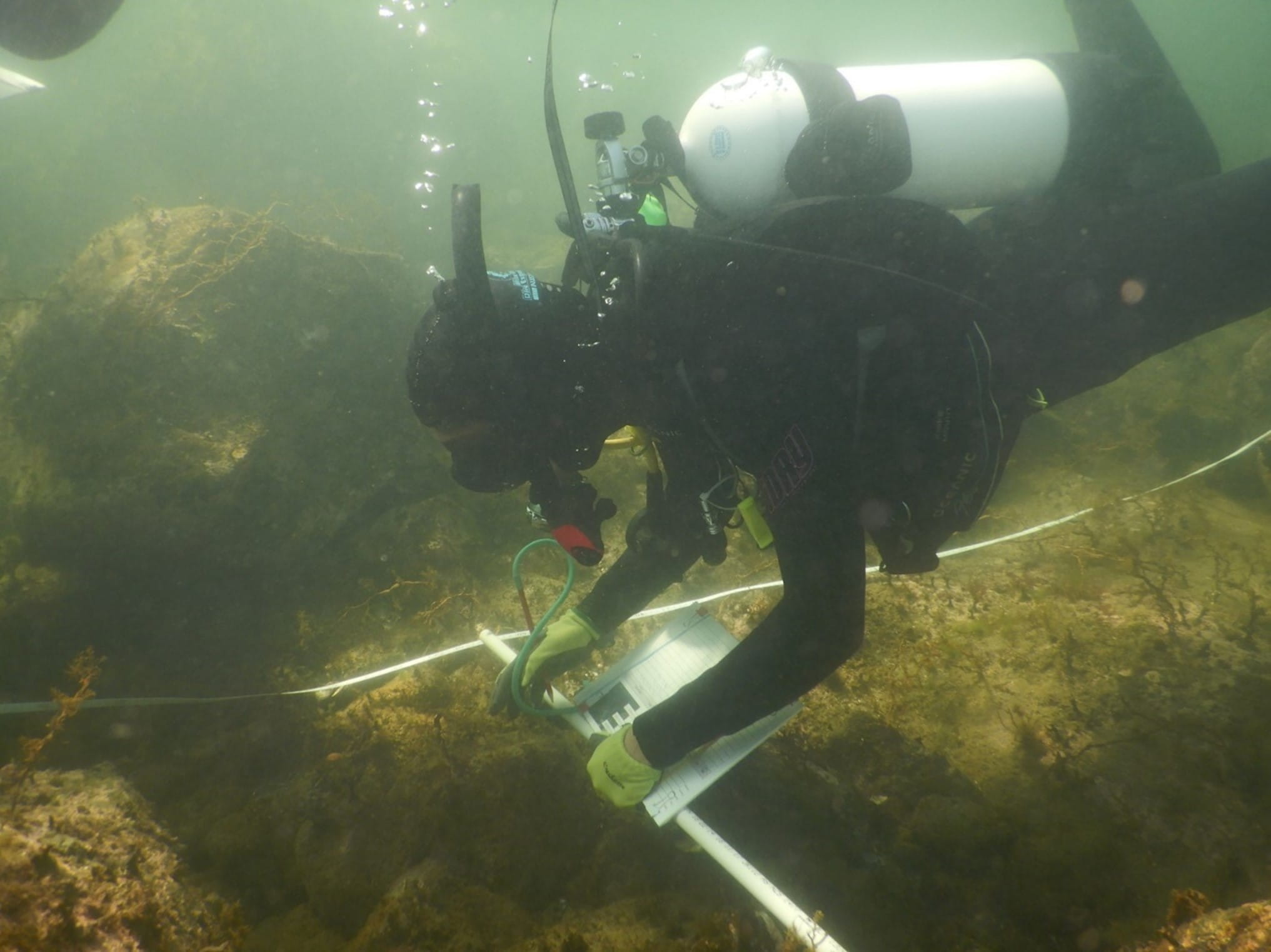
“We've been bringing in diving contractors over the past two to three years. What we're trying to do is get them down to about two urchins per meter squared. We're seeing Golden kelp basically coming back” said Michael. Image credit: Parks Victoria.
“Friends of Groups” such as Marine Care Ricketts Point and Jawbone Marine Sanctuary Care Group, were instrumental in identifying these early sea-urchin barrens in the northern areas of the Bay.
“(These groups) initially spoke to us (park rangers) and researchers and said: hey, there seems to be a problem going on here! That intelligence is still vital. It’s how we've learnt about where some of the really problematic areas are.”
Michael Sams
Michael and his team have recently completed urchin control over 6 hectares of reef. In total 155,000 urchins have been culled. They were able to eliminate large ‘urchin fronts’ that were beginning to eat their way through the remaining kelp forest. Some of these urchin fronts had densities as high as 15 urchins per m², which is double what we know cause urchin barrens to form. This effort has protected much larger areas of remnant algal forest.
“We’re already seeing the recovery of diverse algal communities including many of the larger canopy forming species like Golden Kelp and other brown algal species that we expected to take much longer to return. Ricketts Point is still in its early stages of recovery, but the results from Jawbone have us feeling optimistic.”
Michael Sams
Links
• Marine Care Ricketts Point
• Jawbone Marine Sanctuary Care Group
• Wilsons Promontory National Park
• The Prom Sanctuary project
• Herbarium at the Royal Botanic Gardens
• Weeds at the early stages of invasion (DEECA)
•Protecting Biodiversity program (DEECA)
• Ricketts Point Marine Sanctuary
• Point Cook Marine Sanctuary
• Jawbone Marine Sanctuary
• Nature Conservancy
• Port Phillip Bay Golden Kelp Restoration Project
For more information and updates about our latest discoveries, sign up for our new E-newsletter with Chief Scientist Conservation and Climate Action, Dr Mark Norman.




